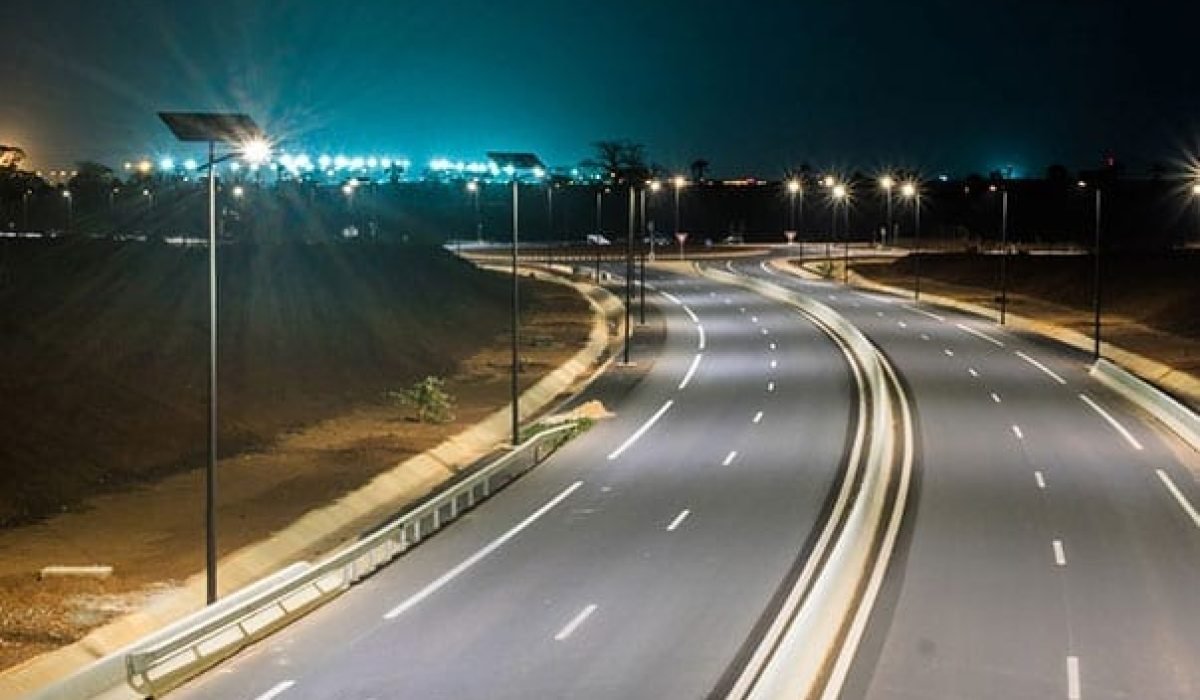Around the world, over 770 million people still live without electricity IEA Energy Access Report. For many of these households, nights mean darkness, limited safety, and lost opportunities for education and income. This lack of access to reliable lighting is known as light poverty.
As someone who has worked on solar street lighting projects in rural Africa and Southeast Asia, I’ve seen firsthand how a simple solar-powered lamp can transform a community. In this article, I’ll explain what light poverty is, how solar lights work, and why solar street lights are one of the most practical solutions to reducing light poverty.
What Is Light Poverty and Why It Matters
Light poverty means lacking reliable and affordable access to safe lighting.
It’s not just about inconvenience—it impacts nearly every part of daily life:
- Education: Students cannot study after sunset.
- Safety: Roads and communities are more dangerous in darkness, especially for women and children.
- Economy: Small businesses close at dusk, limiting income potential.
- Health: Many families rely on kerosene lamps, which are costly and harmful to lungs WHO Indoor Air Pollution Study.
Regions most affected include Sub-Saharan Africa, parts of South Asia, and rural Southeast Asia, where grid electricity is unreliable or absent.
What Is a Solar Light and How It Works
A solar light is a self-sustaining lighting system powered by sunlight. It is especially useful in off-grid or low-income regions because it does not require expensive power lines or grid connections.
Key components of a solar light:
- Solar panel – captures sunlight and converts it into electricity.
- Rechargeable battery – stores energy for use at night.
- LED bulb – provides bright, efficient light.
- Controller – regulates charging and discharging for reliability.
👉 In simple terms: A solar street light charges during the day and lights up automatically at night—without the need for a grid connection.
Benefits of Solar Street Lights in Combating Light Poverty
Solar lights bring multiple benefits, but from my project work, three stand out the most:
Solar Light Provides Affordable and Sustainable Energy
- No ongoing fuel costs compared to kerosene or diesel generators.
- Uses free, renewable solar energy.
- Reduces household spending on lighting by up to 80%.
Solar Light Improves Community Safety and Security
- Well-lit streets reduce accidents and crime.
- Women and children feel safer traveling after dark.
- Emergency response teams work more effectively at night.
Solar Light Supports Education and Nighttime Learning
- Children can study after sunset without harmful kerosene lamps.
- Schools and community centers extend learning hours.
- In Uganda, I saw exam pass rates improve simply because students gained evening study time.
Other benefits include boosting local economies and reducing carbon emissions, but the human impact on safety and education is what communities value most.
Challenges of Using Solar Light in Light-Poor Regions
While solar street lights are effective, challenges remain:
- Upfront Costs: Installation can be expensive compared to kerosene lamps, though long-term savings are clear.
- Maintenance: Batteries need replacement every 3–5 years, requiring local training.
- Weather Dependence: Cloudy or rainy seasons affect performance if systems are undersized.
Some policymakers argue solar lighting is too costly compared to grid extension. But in remote villages, the grid often takes 5–10 years to arrive—making solar the only realistic solution in the short to medium term.
How Governments and Communities Can Implement Solar Light Solutions
For solar street lights to succeed in reducing light poverty, collaboration is key:
- Community-led Projects: Local ownership ensures better care and longer system life.
- Public-Private Partnerships: Governments can work with solar companies to expand rural electrification.
- Policy & Funding Support: Subsidies, micro-financing, and grants help make solar affordable.
International lenders like the World Bank and African Development Bank already support large-scale solar lighting initiatives that have reached millions.
Case Studies: Solar Light Transforming Communities
- Kenya: A market in Kisumu extended operating hours by 3–4 hours nightly after solar street lights were installed, increasing vendor incomes by 30%.
- Bangladesh: Solar street lighting in rural districts enabled women’s groups to meet safely in the evenings, boosting social participation.
- Uganda: In Eastern Uganda, exam pass rates jumped once schools had solar lights, giving students evening study opportunities.
Future of Solar Light in Ending Light Poverty
Innovations continue to make solar street lights more effective:
- Higher-efficiency solar panels speed up charging.
- Lithium batteries extend lifespan and reliability.
- Smart controllers optimize energy use in cloudy weather.
- IoT monitoring allows remote maintenance and diagnostics.
As costs continue to fall, solar street lights will play a central role in global strategies to end light poverty.
Frequently Asked Questions (FAQ)
What is light poverty?
Light poverty is the lack of access to safe, affordable, and reliable lighting, affecting education, safety, and economic activity.
How do solar street lights work in rural areas?
They charge during the day using sunlight and provide lighting at night without needing grid electricity—making them ideal for off-grid villages.
Are solar street lights affordable for developing countries?
Yes, while upfront costs are higher than kerosene lamps, long-term savings and financing programs make them increasingly affordable.
What is the lifespan of solar street lights?
Typically 10–15 years for the system, with batteries replaced every 3–5 years depending on type and usage.
Conclusion: Why Solar Light Is a Key Solution to Light Poverty
Light poverty holds back education, safety, and economic growth. Solar street lights offer a clean, affordable, and scalable solution, especially in regions without grid access.
If your town or project is considering solar street lights, ask yourself: What would safer streets, longer study hours, and thriving night markets mean for your community?
In my experience, the communities that embrace solar light early don’t just light up their nights—they light up their future.


